Day 1
Muscat-Nakhal Fort & Hot Spring-Wadi Bani Awf-Snake Canyon-Balad Sayt-Jabal Shams (The Grand Canyon of Oman)
We’ll leave Muscat towards **Nakhal**. Here, you can visit the beautiful **Nakhal Fortress**, located at the foothills of the mountains in a charming town known for its extensive date palm plantations. This magnificent 1500-year-old Fortress rises majestically out of the mountain rock, towering high above the ancient village as if still warning potential attackers of its ominous strength. It has witnessed many battles and is packed full of hidden escape routes and secret passages. You can stroll around inside this beautifully restored Fortress and visit all the rooms which have been nicely decorated in the original old style. The view from the top of the Fortress, overlooking the mountains and lush green date plantations, is truly outstanding.
**From the Fort**, we’ll visit the hot spring. The spring is tucked away among date farms a couple of kilometers from Nakhal Fort, and it flows year-round with warm mineral water collected in the site pools. Several chairs and shades are provided in the “picnic area” near the pool.
**Following this**, we’ll continue our trip to **Wadi Bani Awf**. The road leads us through the Wadi, where we’ll pass by impressive Wadi Canyons, including **Snake Canyon**, and several villages. The most beautiful village there is **Balad Sayt**, which is surrounded by mountains from all directions.
**Then**, we’ll drive up the mountain. This mountain road ascends to **Jebel Shams** (The Grand Canyon of Oman) at 3009 meters. It’s one of the most adventurous mountains in Oman, offering an exciting off-road experience and fantastic views. We’ll reach the Canyon view, where we’ll stop to enjoy the view and take photos. **From there**, just a short drive will take us to our resort where you’ll spend the night.
Overnight in Jabal Shams (Sama Heights Resort or Similar)
Day 2 Jabal Shams- Wadi Ghul-Wadi Nakhar-Al Hamra- Misfat Al Abriyeen- Nizwa
From **Jabal Shams**, we’ll drive towards **Wadi Ghul**. The village of Wadi Ghul, 2000 years old, is located at the foot of Mountain Ghul and can be seen on your way to Jabal Shams. It has been abandoned by its inhabitants, with no one remaining, and was built of solid stones.
**From there**, we’ll drive into **Wadi Nakhar**, known for its beautiful sites and spectacular views. Its name is derived from the local word “necrosis,” meaning the process of rock sculpture “erosion,” as the water of this valley formed during various time periods.
**Wadi Al Nakhar** is one of the deepest valleys in Oman due to its geographical characteristics. The great gap in Jabal Shams is considered to be the most important source of water, as its large opening leads to valleys and reefs that form the valley of Al Nakhar.
**Following this**, we’ll visit the ancient town of **Al Hamra**, then take a short drive to **Misfath Al Abriyeen village**. This picturesque village lies on a steep slope at the foot of Jebel Shams and consists of old homes and narrow streets. It has a falaj system that irrigates many orchards, date palms, and vegetables, making it well worth spending some time walking around the village. **From there**, we’ll drive to **Nizwa**.
Overnight in Nizwa (Al Diyar Hotel or Similar)
Day 3 Nizwa Fort & Market (Souq)-Jabal Akhdar (Green Mountain) -Birkat Al Mouz -Nizwa
Today, we’ll visit the famous **Nizwa Market (Souq)**, where a wide variety of vendors offer their goods in the streets. Here, you can find vegetables, pottery, jewelry, handicrafts, Omani sweets (Halwa), dates, spice, and souvenirs, all sold in authentic old market halls that few places can boast. **Especially interesting** is the Friday cattle market, when locals from nearby villages and towns come to sell their goats, cattle, sheep, and chickens in a vibrant, circus-style open marketplace.
**Next to the Souq** is **Nizwa Fortress**. The Fort, now a museum, offers splendid views of this ancient town and the surrounding mountains. You can walk around this impressive Fortress and visit its many rooms, passages, and towers. The Fort is an architectural testimony to the economic and military achievements of the early Yaruba dynasty from the mid-17th century. It was a military stronghold designed to withstand even the strongest of attacks at the time. **Indeed**, even along the corridors, many traps were strategically laid to deter any intruders who might have penetrated the defenses.
**From Nizwa**, we’ll drive up to **Jabal Akhdar**, known as “Green Mountain.” It’s considered one of the most scenic areas in Oman and is part of the Al Hajar Mountain range. Jebel Akhdar is so-called because of the presence of green terraced gardens surrounding the villages, where a variety of fruits like pomegranates, apricots, apples, olives, grapes, roses, peaches, and walnuts are grown. **Furthermore**, there are interesting walks in Wadi Bani Habib, Shrejah, Al Ain, and Al Aqur.
**After exploring the Green Mountain**, we’ll visit **Birkat Al Moz**. It boasts a large falaj system that supplies water to date palms and vegetables for many orchards. It’s listed by “UNESCO,” and **therefore**, it’s well worth spending some time walking around the old part of the village.
Overnight in Nizwa (Al Diyar Hotel or Similar)
Day 4 Nizwa-Jabeen Castle-Zukait-Tower Tombs-Ibar-Al Mudhaireb-Wahiba Sand
Today, we’re driving to the desert, and **on the way**, we’ll make a stop at **Jabreen Castle**. This castle was originally designed as a presidential palace in 1670 by Balarab bin Sultan bin Saif of the Ya’arubi Dynasty. An extensive renovation was carried out in 1984. The interior includes various furniture and traditional utensils to provide visitors with a taste of the period’s castle lifestyle. The building itself is decorated with elaborate wood carvings, ceiling paintings, and stucco work, and the castle is open to visitors.
**From Jabreen Castle**, we’ll drive to **Zukait** to see cylindrical tombs dating back to the third millennium BC. Located on a hilltop in the Al Dakhiliyah region, they are made of mountain rock stacked to create a distinctive beehive shape.
**From there**, we’ll continue our journey to **Ibra**. Here, we’ll visit the old part of Ibra, which is almost 1000 years old and built from mud and limestone. You can walk around the village; it’s not completely abandoned, as there are still some people living there.
**From Ibra**, we’ll stop in **Al Mudhaireb**. You can walk a bit uphill, which will bring you within the ruins of the old village of Al Mudhaireb. The ruins are quite interesting, and you can explore the area. **However**, if you keep going uphill, you’ll see one of the many watchtowers of Al Mudhaireb. The view from that watchtower is quite nice, and once you’re there, you’ll notice about half a dozen other watchtowers in Al Mudhaireb.
**Historically**, each quarter of the village had its own watchtower to warn residents of attacks from other villages/quarters, and **consequently**, there would have been an old quarter under or nearby to each of these watchtowers.
**From there**, we’ll continue our trip to our camp in the desert, **Wahiba Sands**. This spectacular desert has an area of 12,500 square kilometers, also known as Al Sharqiya Sands. Formerly known as “The Wahiba Sands,” it’s a region of desert in Oman named for the Bani Wahiba tribe. It’s divided between the northern and southern Governorates in the Eastern Region. The area is defined by a boundary of 180 km (110 mi) north to south and 80 km (50 mi) east to west. You can relax in the camp or take part in an adventurous 4×4 drive in the sand dunes. **Then**, we’ll watch the stunning sunset of the desert from one of the big sand dunes, concluding the day with a buffet dinner at the camp.
Overnight in the Desert (Safari Desert Camp or Similar)
Day 5 Wahiba Sands- Wadi Bani Khalid – Sur- Ras Al Hadd
Today, after a buffet breakfast, we’ll take you to **Wadi Bani Khalid**, one of the biggest and most beautiful Wadis in Oman. Upon reaching Wadi Bani Khalid, just a short walk of approximately 10 minutes (walking shoes are required) will lead you to sparkling, clear water pools, 9 meters in depth, perfect for a long swim. You can also sunbathe and relax in the beautiful scenic Wadi Canyon.
**From there**, we’ll continue our trip to **Sur**. We’ll take you on a city tour in Sur, showcasing the Dhow Factory and an old ship. We will also take you to the old part of Sur, where you can see most of the houses designed with classic wooden doors and windows.
**Then**, we’ll continue our tour to **Ras Al Hadd** to check into our hotel/resort for the night. In the evening, after the buffet dinner, we’ll take you to the **Turtle Sanctuary at Ras Al Jinz**. Here, we’ll go on a guided, beautiful walking tour on the beach at night under the stars. We have a high chance of seeing Oman’s magnificent sea turtles making their way onto the beach to build nests and lay eggs. **If you’re lucky**, you might even see baby turtles hatching from some nests.
Overnight in Ras Al Hadd (Turtle Beach Resort or Similar)
Day 6 Ras Al Hadd – Wadi Shab- Ras Al Hadd
Today, we’ll drive towards **Wadi Shab**. This Wadi is an enormous canyon gorge that’s lined with palm trees and impressive indications of what the power of the water coming down from the mountains can do in nature. With a 35 to 40-minute hike up through the canyon (walking shoes are required), we’ll arrive at one of the crystal-clear water pools. Tourists can swim through the warm waters from pool to pool. **Eventually**, we’ll reach the last pool, where an opening among the enormous rocks allows us to swim into an incredible crevice cave with a small waterfall inside. Here, the sunlight filters in from the outside, transforming the water into a beautiful turquoise blue while water cascades down one side of the cave from the Wadi beyond.
Overnight in Ras Al Hadd (Turtle Beach Resort or Similar)
Day 7 Ras Al Had – Al Ashkharah – Ras Al Rways (white Dunes) – Muhut- Al Duqm
After breakfast, we’ll start driving south through the Muscat-Salalah Coastal Road. We’ll pass many sea villages, and the largest and most beautiful one is **Al Ashkharah fishing village**, which heavily depends on fishing. We’ll visit **Al Ashkharah port**, where you’ll see many fishermen returning from the sea with huge quantities of fish and seafood.
**From Al Ashkharah**, we’ll drive towards **Ras Ar Rways**, where the stunning white sand meets the turquoise open sea. **From there**, we’ll drive to **Muhut**, one of the states of the central region of Oman overlooking the Arabian Sea. It was one of the most important ports of previous times, famous for shipbuilding, transporting passengers and goods from Oman to East Africa, India, and other parts of the African continent, carrying Omani products and returning with goods that were not in Oman at that time. **From Muhut**, we’ll drive to **Al Duqm**, where you’ll stay overnight.
Overnight in Al Duqm (City Hotel Duqm or Similar)
Day 8 Duqm- Ras Madrakah Beach and Viewpoint-Duqm Rock Garden-Duqm
After breakfast at your hotel, continue your journey to **Ras Madrakah**, known for its moderate weather throughout the year, characterized by mountainous and rocky formations overlooking the Arabian Sea on one side and soft golden sand on the other. You can walk in the golden sands there or swim in the beautiful sea.
**From Ras Madrakah**, we’ll head back to **Al Duqm**, which is famous for its geological attractions, particularly the **Rock Garden Duqm**. It’s an area of 3 square kilometers made of sandstone rocks and limestone, which was created in an underground water aquifer more than forty-six million years ago. This Rock Garden is a magnificent piece of nature’s artwork, full of anonymous rocks with different shapes and positions, standing in unusual forms, rounded rocks, large pieces of rock standing on a small piece of stone, and some appearing like statues of animals. This site is considered one of the top twenty-five sites in Oman with geological scientific importance.
Overnight in Al Duqm (City Hotel Duqm or Similar)
Day 9 Al Duqm- Al Jazir- Ash Shuwaymiyyah-Salalah
We leave our hotel in the morning towards **Al Jazir**. Most of the state’s industries are derived from its location on the Arabian Sea, where the inhabitants practice a variety of crafts and industries, including the manufacture of paddles and fishing nets, and other specialties such as tools made from animal skins. **Pink pools** are a highlight in Al Jazir; we’ll visit the pink lake, one of the stunning lakes located 7 KM from Al Jazir downtown.
**From Al Jazir**, we’ll drive to **Al Shuwaymiyyah**, a fishing village along the Arabian Sea. We’ll visit **Wadi Ash Shuwaymiyah**, a deep valley carved by nature out of the surrounding land, plunging towards a rock-strewn coastline with dramatic cliffs as a backdrop. **From Ash Shuwaymiyyah**, we’ll drive to **Salalah**.
Overnight in Salalah (Salalah Beach Resort or Similar)
Day 10 Salalah West Tour (Al Balid-Al Mugsail Beach-Job Tomb-Al Hafah Market)- Salalah
Today, we start the day by visiting **Khwar Al Balid**. This lagoon takes its name from the ancient city which lies on its banks. The lagoon flanks the city on the east and north, and in ancient times, it was connected to the sea and used as a natural port due to its depth in some parts.
The region is currently listed by “UNESCO,” and the khawr is protected. The importance of this place lies in its combination of archaeology, history, and nature. The archaeological park is considered to be the first of its kind in Oman, serving to protect natural resources, attract tourists to the site, and inform people of this important ancient city in the Governorate of Dhofar.
**Then**, we’ll visit **Al Mugsail Beach**. It’s a beautiful and charming beach, characterized by its serene, white sand, and a tourist destination frequented by visitors from all over the country, especially during the monsoon. The Blowholes also attract people when strong, fast waves crash against the rocks.
**Nabi Ayoub (Prophet Job)**, as mentioned in the Bible, holds a significant landmark. In religious terms, this tomb is probably the most important site in Dhofar. The tomb of Prophet Job, mentioned in the Old Testament and venerated by Muslims, Jews, and Christians, is situated on an isolated hilltop overlooking Salalah. Regardless of your religious convictions, the site is a must-see for the beautiful drive, especially during the khareef (Monsoon), and for the view over the Salalah Plain on a clear day.
**From Nabi Ayoub Tomb**, we’ll head back to your hotel.
**After sunset**, we’ll start at **Al Hafah Market**. It’s a traditional market known in the city of Salalah and a tourist and economic landmark for visitors. The Hafah market is located 3 km from the city of Salalah in Dhofar governorate, surrounded by coconut trees. The market is known for the sale of incense and frankincense products and is full of many other products, whether traditional textiles, traditional clothing, ornaments, gold and silver, and many other traditional products. It’s considered the oldest market in Dhofar. We’ll have dinner there, and **after dinner**, return to your hotel.
Overnight In Salalah (Salalah Beach Resort or Similar)
Day 11 Salalah-Rub Al Khali (Empty Quarter)-Al Shisr (The Lost City)-Wadi Dawkah Frankincense Garden- Salalah
Today, we’ll drive towards **Rub Al Khali (Empty Quarter)**. The Rub’ Al Khali is the largest contiguous sand desert in the world, encompassing most of the southern third of the Arabian Peninsula. The desert covers some 650,000 km² (250,000 sq. mi), including parts of Saudi Arabia, Oman, the United Arab Emirates, and Yemen. It’s part of the larger Arabian desert. Wherever you look, you’ll see tall, orange sand dunes and crystal stones that have been toned due to erosion.
**From Rub Al Khali**, on the way back to Salalah, we’ll visit **Al Shisr (The Lost City)**, one of the sites of Al Luban (Frankincense) Road, which is part of “UNESCO” Sites in Oman. Located in the province of Dhofar, the state of Thamrit, at the southern end of the desert of the Empty Quarter, evidence suggests that the site has been inhabited since the Stone Age.
Exploration and excavation work at Al-Shisr site revealed the existence of an ancient archaeological city (believed to be the city of “Erm” which is mentioned by God in the Holy Quran, “the land of the people of Hood who did not create the same in the country” as mentioned in the Qur’anic text). Continuous exploration of this important archaeological site continues. This archaeological site was discovered in 1990 by a group of archaeologists and was included in the World Heritage Organization for its significant importance.
**From Al Shisr**, we’ll head to **Wadi Dawkah**. Wadi Dawkah is located in the Najd area behind the northern slopes of the Dhofar mountain range, 35 km north of Salalah city, and extends north towards the state of Thumrait. It’s one of the growth areas of the frankincense trees in Dhofar Governorate. It’s a natural reserve for large frankincense trees and is listed by “UNESCO.”
Overnight in Salalah (Salalah Beach Resort or Similar)
Day 12 Salalah East Tour – Taqah-Khor Rori (Sumhuram)-Wadi Darbat-Mirbat-Salalah
**Taqah Castle**, 33 KM east of Salalah, Oman, was
Starting Time:
08:00 AM
Including:
- Transportation by Air-Conditioned Vehicle 4WD
- 11 Nights Accommodation
- English Speaking Guide
- Private Round Trip
- Pick up & Drop off
- Bottled Water
Pick up Information:
WE PICK UP TRAVELERS FROM ANY PLACE IN MUSCAT:
- Muscat Harbor (For Shore Excursions Passengers)
- Muscat International Airport
- Residence
- Hotels
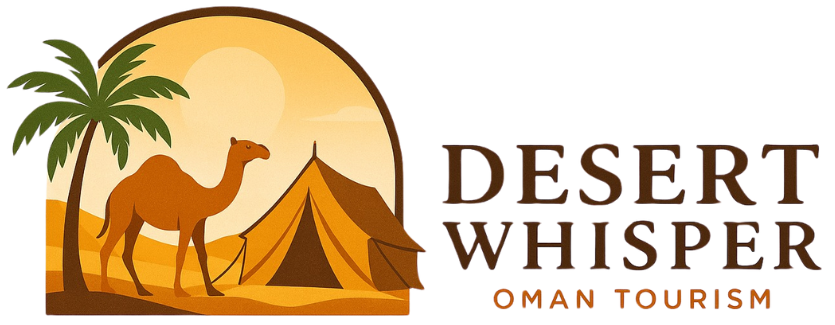
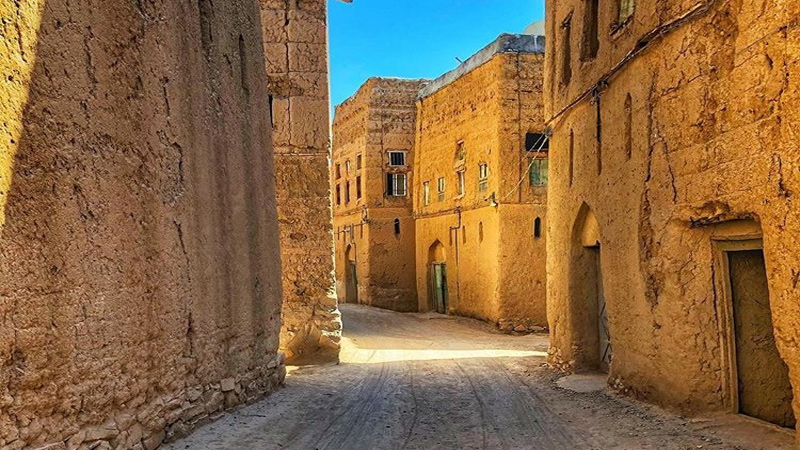
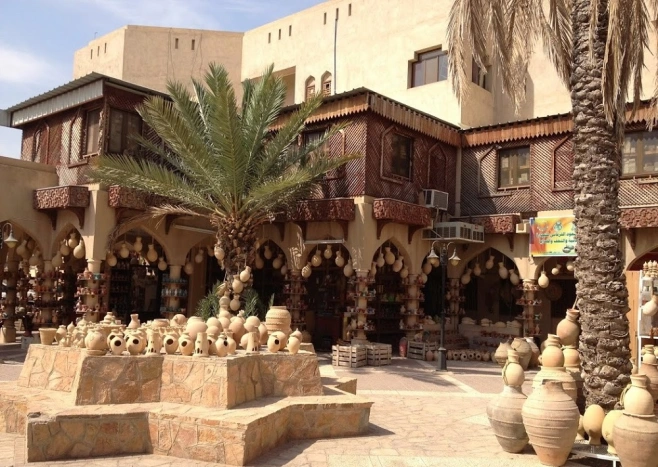
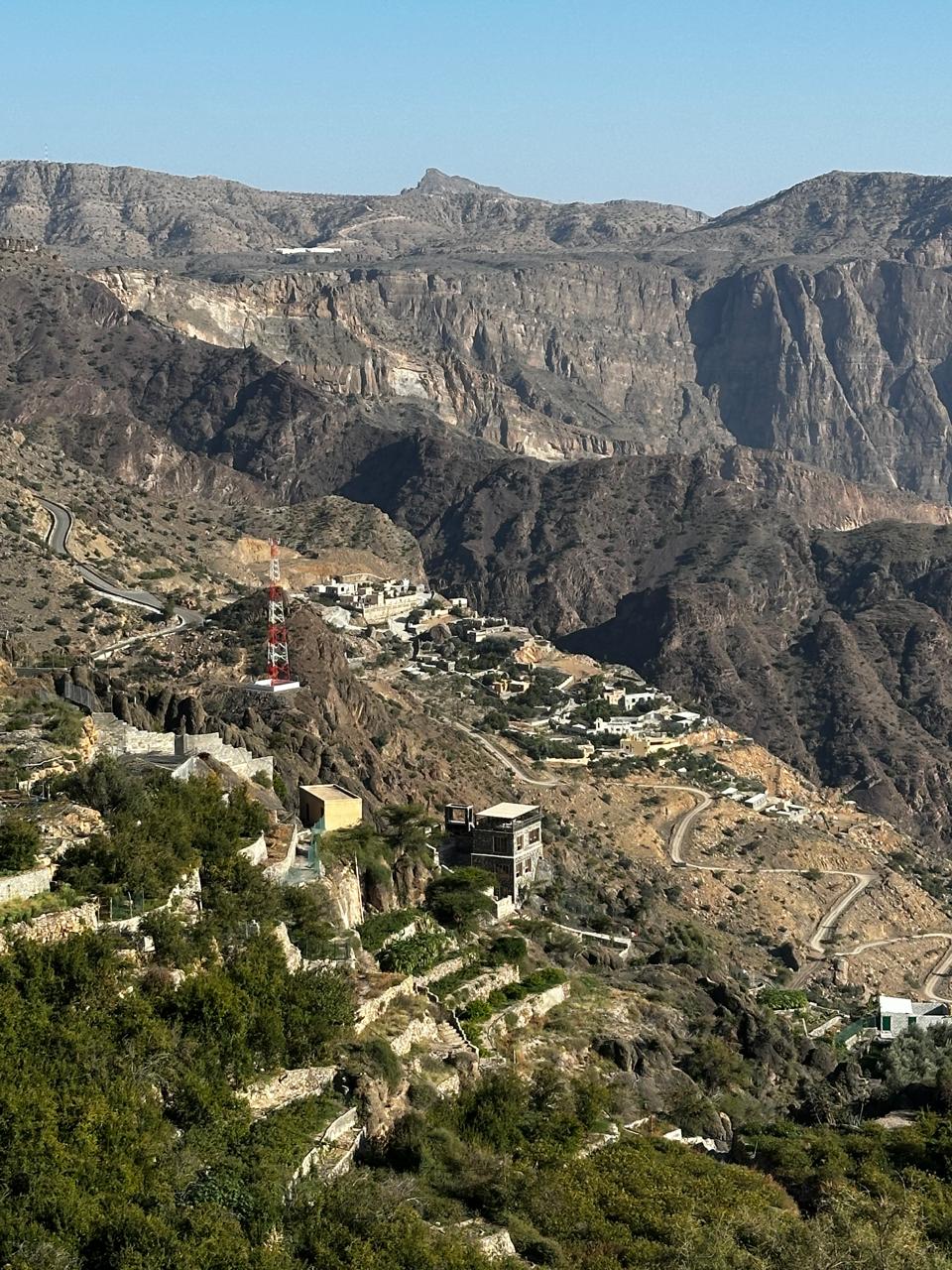
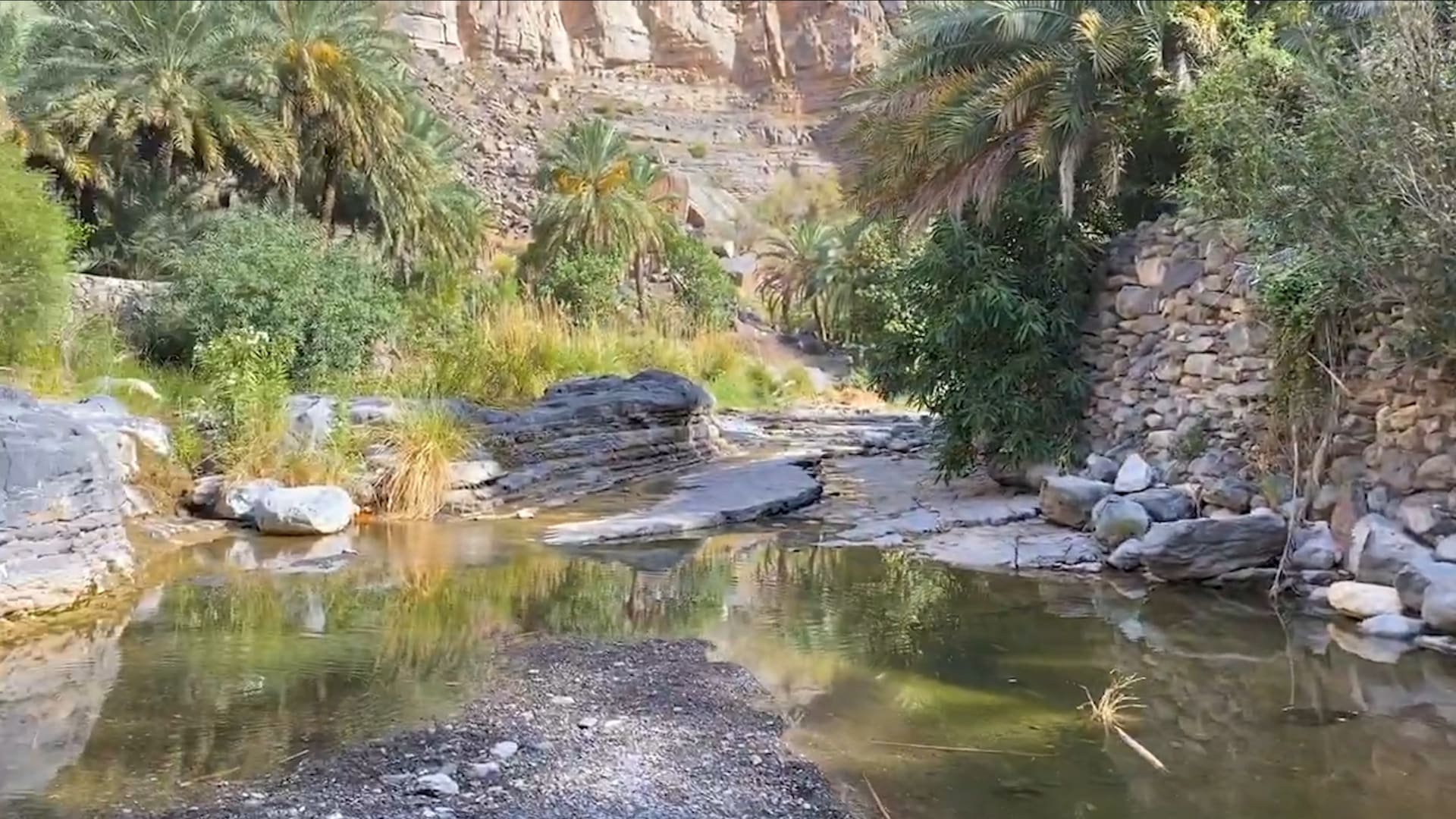
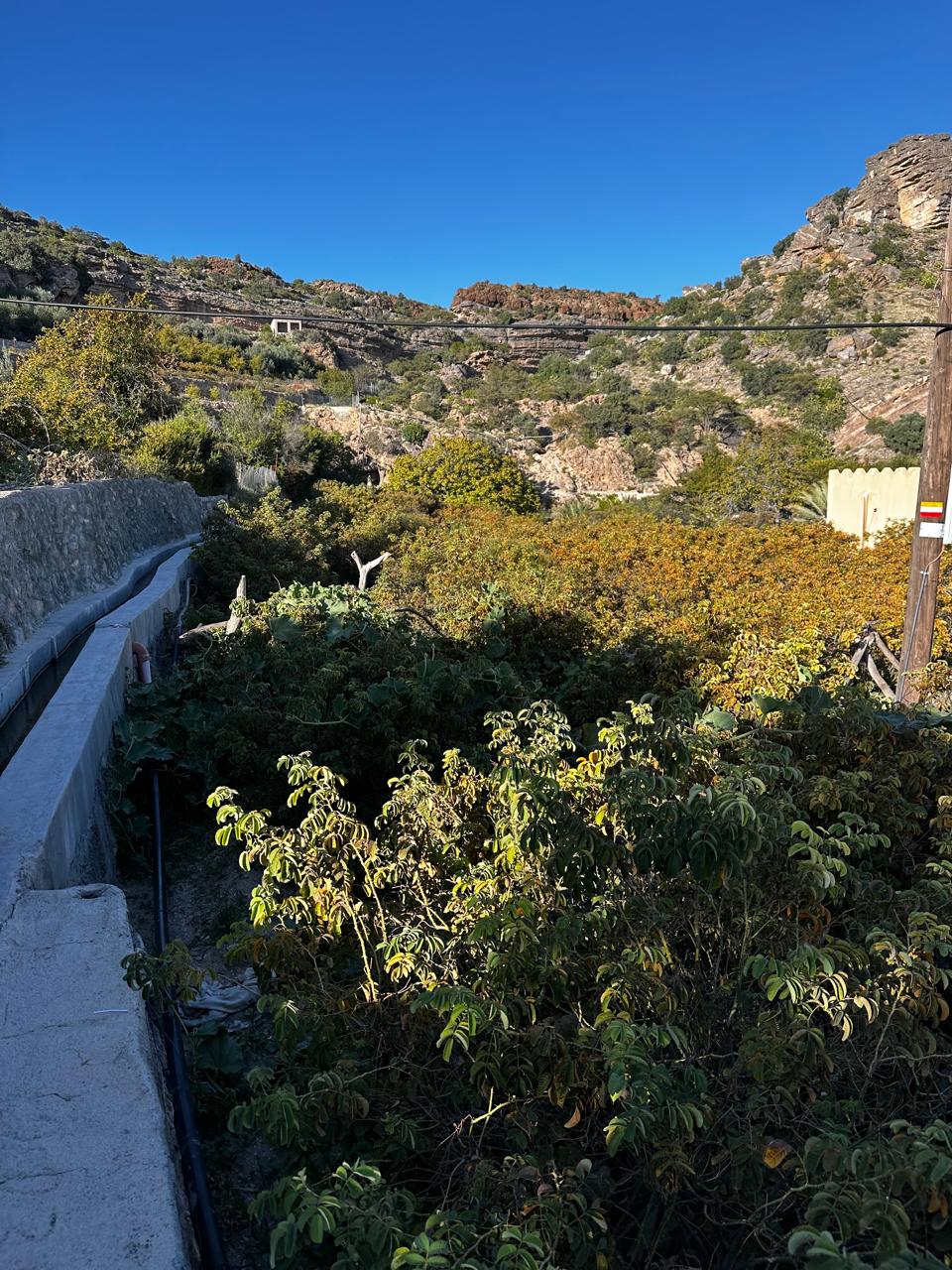
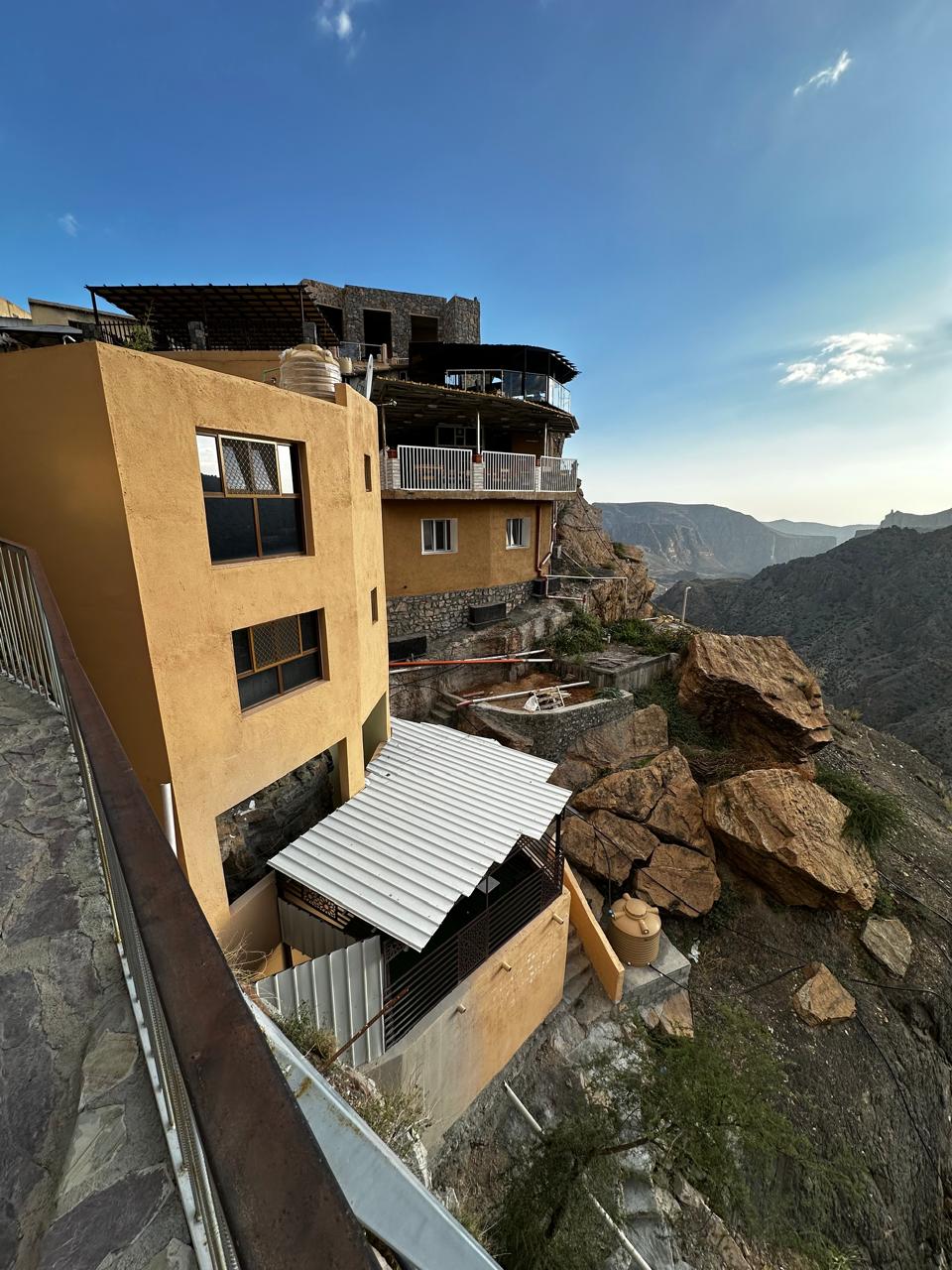
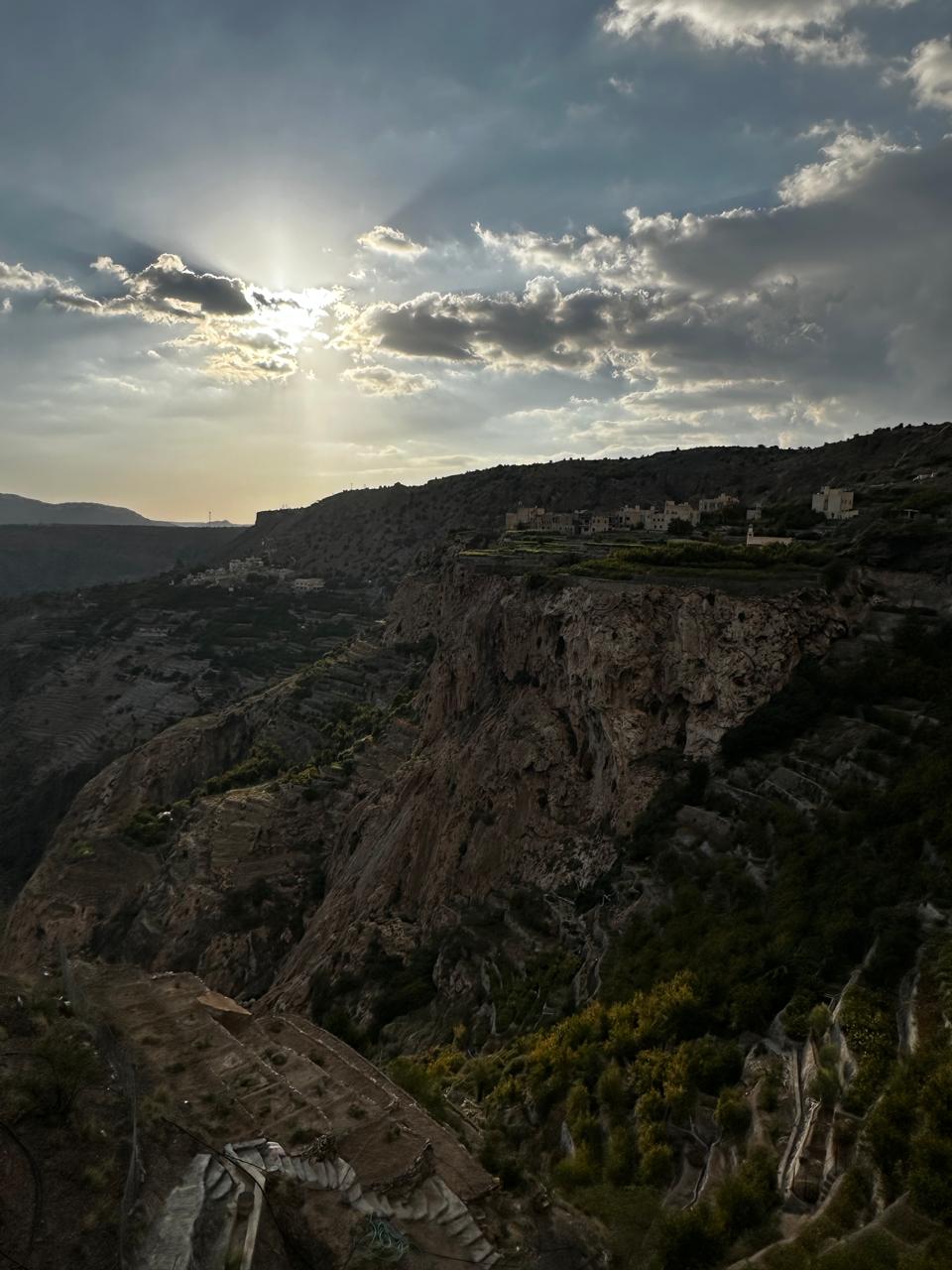
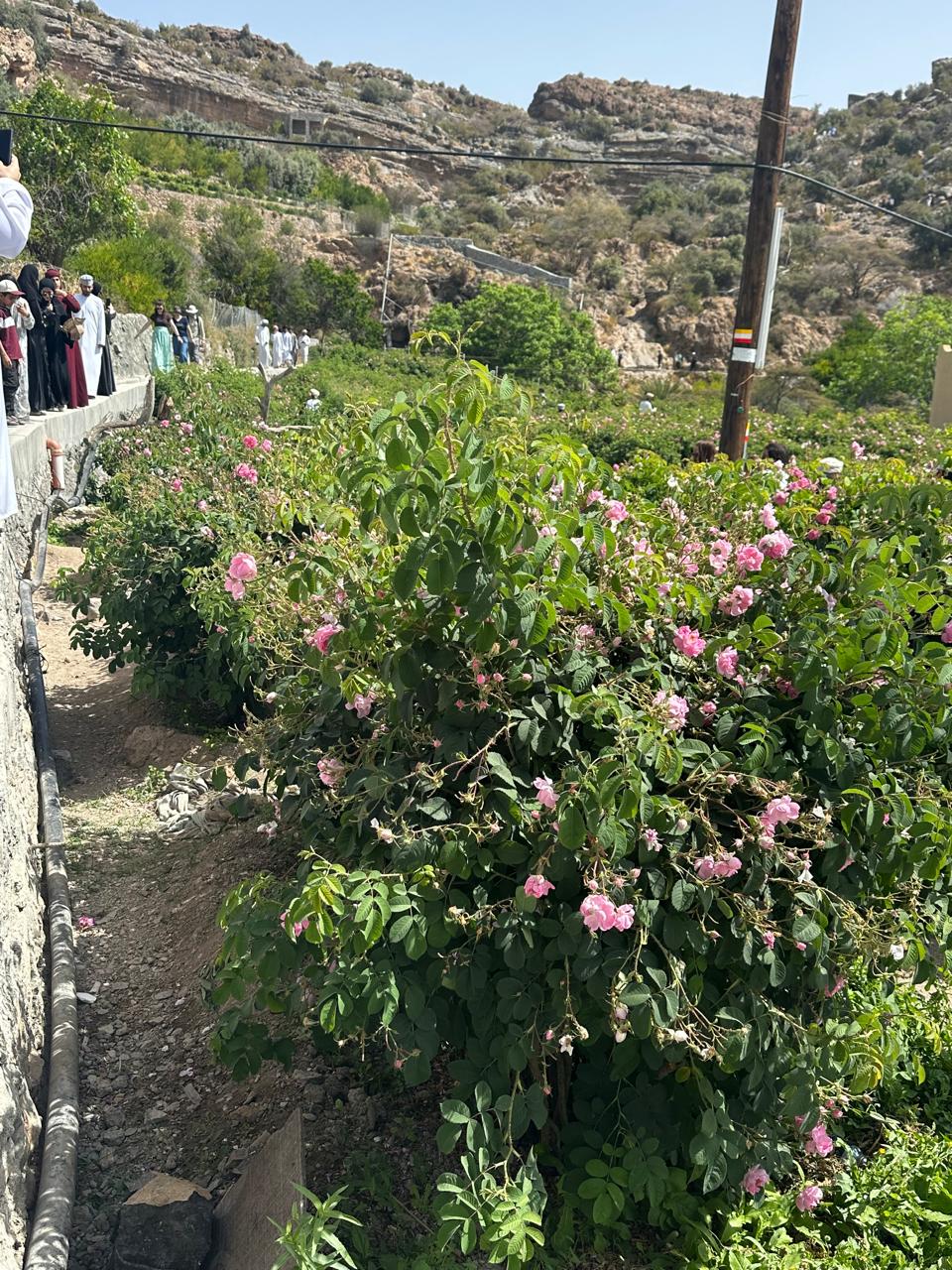


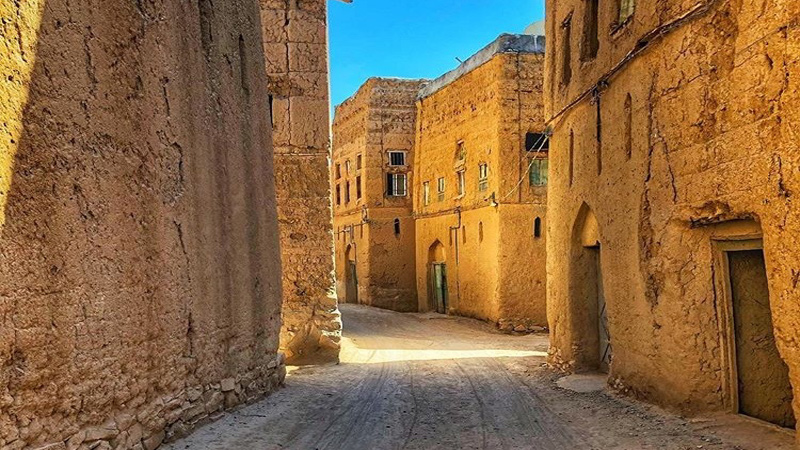
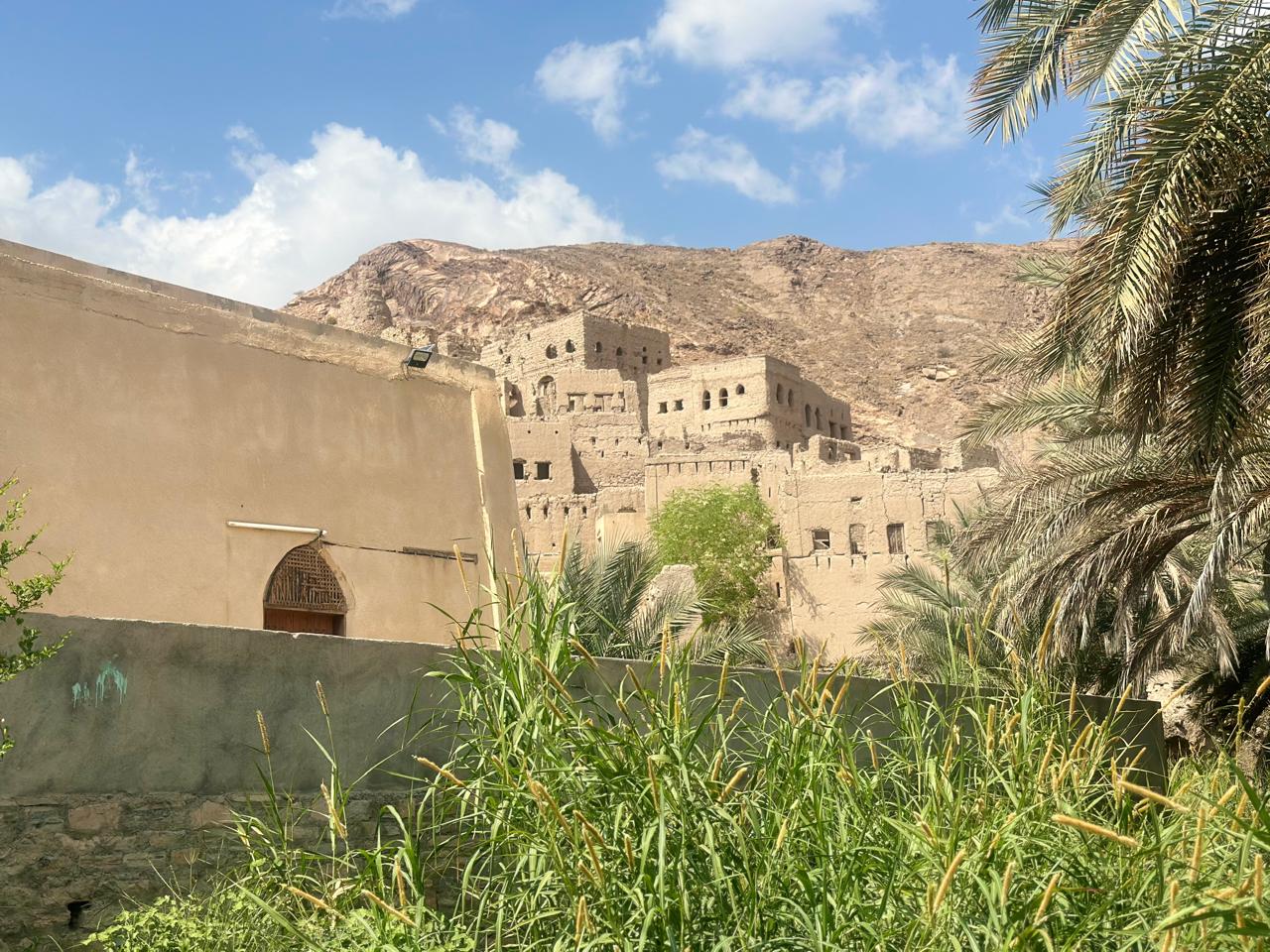
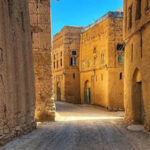
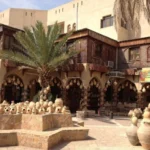
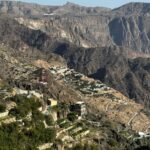

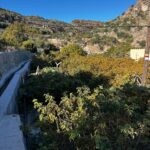
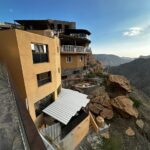


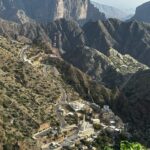

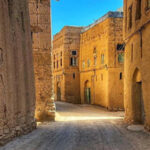
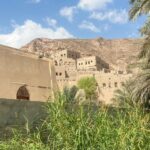
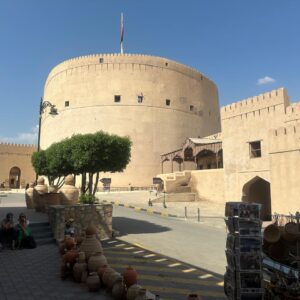

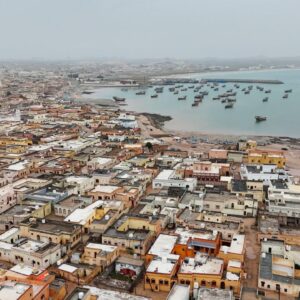

Reviews
There are no reviews yet.